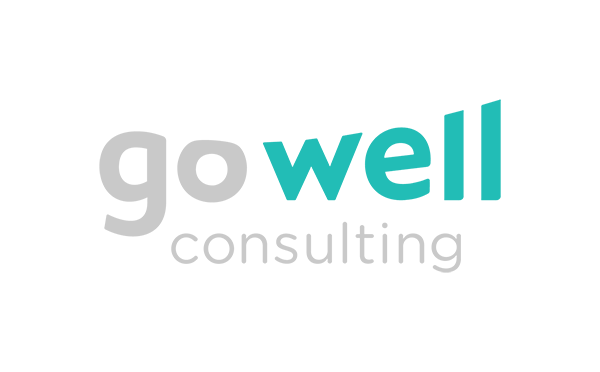What is sustainability?
Sustainable = being able to sustain.
Sustainability is the practice of ensuring how we live, trade, and do business is sustainable and without the exploitation of people or the natural world.
Sustainability is circular.
Every system in the natural world is circular, and every living thing grows, dies, and decays. It is the CIRCLE of life. So for a business to truly be “sustainable”, it must be circular.
At Go Well we follow three principles of a circular economy.
- Design out waste and pollution
- Keep products and materials in use
- Regenerate natural systems
“Sustainability is an economic state where the demands placed upon the environment by people and commerce can be met without reducing the capacity of the environment to provide for future generations. Leave the world better than you found it, take no more than you need, try not to harm life or the environment, make amends if you do.” Paul Hawken, The Ecology of Commerce.
Sustainable Development Goals
On 1 January 2016, the 17 Sustainable Development Goals (SDGs) of the 2030 Agenda for Sustainable Development — adopted by world leaders in September 2015 at an historic UN Summit — officially came into force. Over the next fifteen years, with these new Goals that universally apply to all, countries will mobilize efforts to end all forms of poverty, fight inequalities and tackle climate change, while ensuring that no one is left behind.
These goals now provide businesses across the globe with a fantastic, validated, framework to work alongside, making the integration of sustainability into your business model easier than ever before. And with the ever-growing numbers of business and organisations adopting the SDGs the expectations and opportunities for others to do the same are also growing.
Read more: http://www.un.org/sustainabledevelopment/
Diagram showing the 17 Global Goals for Sustainable Development developed by the United Nations – http://www.un.org/sustainabledevelopment/sustainable-development-goals/
The Circular Economy
The Circular Economy is a term given to describe a model of how to trade and do business that generates no waste, eliminates exploitation and instigates the designing of products to be reused, repurposed, repaired, or recycled infinitely.
Or for a more technical definition, this is what the Ellen Macarthur Foundation (a leading circular economy organisation) have to say:
“Looking beyond the current ‘take, make and dispose’ extractive industrial model, the circular economy is restorative and regenerative by design. Relying on system-wide innovation, it aims to redefine products and services to design waste out, while minimising negative impacts. Underpinned by a transition to renewable energy sources, the circular model builds economic, natural and social capital.”
The Butterfly Diagram showing the Circular Economy model. – https://www.ellenmacarthurfoundation.org/
Let's lead the way New Zealand!
The circular economy model can be split into two parts, the Technosphere (basically anything that is “man-made” e.g houses, phones, cars etc), and the Biosphere (anything made by nature e.g. plants, animals, humans). Any product in the Technosphere is designed to be shared, maintained or prolonged, reused or redistributed, refurbished or remanufactured, or finally, recycled.
Meanwhile, anything in the Biosphere will simply biodegrade back into nature’s circular model of grow, die, decay (think food waste or compostable packaging). It’s worth noting that everything in the technosphere has been removed from the biosphere (mining for metals, felling for wood, harvesting cotton for clothing etc).
An obvious industry to think of when considering the circular economy is that of Energy. By generating energy, or electricity, through renewable resources we know that that is sustainable and circular in nature. But, say we are looking at solar energy, what are the solar panels made of? How long do they last? Where do they go when they are no longer functioning as they should be?
Well, with the circular model approach they would be designed to be easily maintained (tighten a screw or add a layer of nanotechnology instead of throwing it in a landfill), easily repurposed (e.g. used as weatherboards on a house), easily refurbished (new technologies added), or easily recycled back into its original materials (silicon, copper, plastic etc), to be used in the manufacturing of another product.
As well as the design of products the Circular Economy incorporates how we trade. Instead of the linear model of make-buy-dump we look at leasing and sharing products, as well as purchasing recycled materials rather than taking more virgin materials from the Biosphere.
Do you want a washing machine, or do you just want clean clothes? Does everyone need to own a lawnmower or can it be leased by the whole street? Once a newer and technologically advanced version becomes available the manufacturer can take the old one back off your hands and maintain ownership of those valuable materials it’s made of, saving them the need to source new materials, saving waste from going to a landfill, and saving the consumer hassle of having to discard the product.
To help with your understanding check out the two videos below (as well as doing your own research):
Courtesy of The Ellen Macarthur Foundation
Courtesy of The Story Of Stuff




